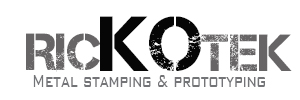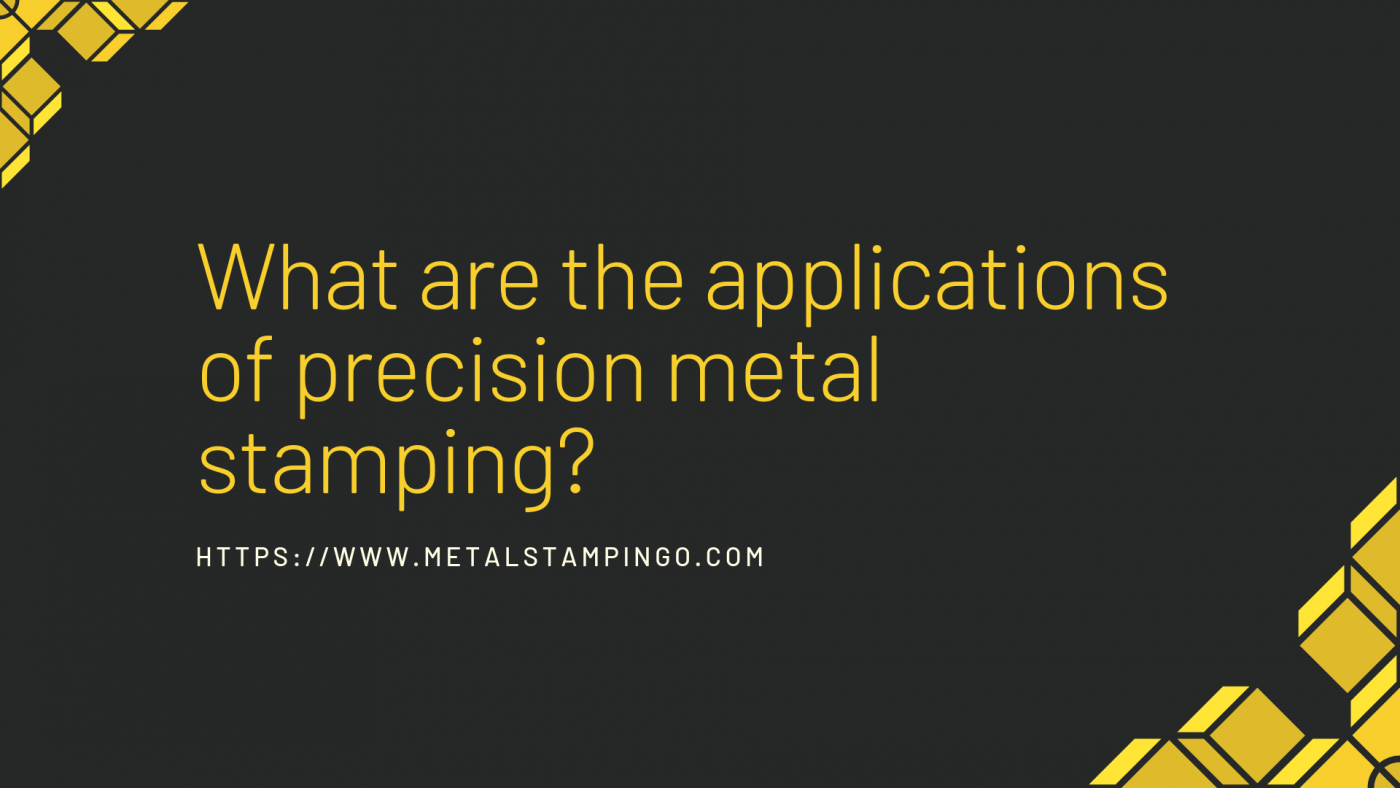Precision metal stamping offers a cost-effective method for producing large quantities of products.
Currently, there are three major applications used in China precision metal stamping, including prototype design, intricate precision metalwork, and micro-precision metal stamping.
Precision metal stamping applies stamping dies and high tonnage presses for transforming metal sheets into semi-complete or fully finished parts.
Additionally, precision metal stamping manufacturers can increase accuracy and speed for producing complex metal stamping applications through folding, stamping, piercing, or drawing products through single or multiple operations.
Precision Metal Stamping Advantages and Disadvantages
With the option of being highly automated, precision metal stamping can be suitable for large volumes as labour costs decrease as the production size increases.
Although upfront tooling costs may make the process ineffective on small production runs, furthermore, design change difficulties and long lead times should be considered.
What is Micro-Precision Metal Stamping?
Micro-precision stamping can manufacture cuts, stamps, folds, and bends, and support micro tools. The diameter capabilities depend on the machine, typical minimum range from .002 to .005 inches.
These operations use 3D computer software and photo etching technology.
Advantages of Micro-Precision Stamping
Micro-precision stamping offers many benefits, including:
- Faster results: Reduced tooling barriers speed up the production process.
- Lowered risk: Less tooling cost including digital and modular
- Enhanced flexibility: Reduced price for product design changes compared to traditional precision metal stamping.
Intricate Precision Metal Stamping
Innovative and sophisticated designs may require precise methods.
Precision metal stamping manufacturers offer advanced technology and experience required for creating products with complex geometries, folds, engravings or cuts.
Some technologies used for intricate precision work include:
- Progressive die design: Applied with all sophisticated software for enhancing die development.
- In-die tapping and extrusion: Performed within a single die with no weld nut required.
- Transfer stamping: Decreases cost and secondary operations when creating complex geometries.
- Deep draw: Allows production of 3D shapes, including shells, cylinders, and squares.
- Magnified optical devices: Offer precise results.
- Class-A dies: Provide higher accuracy rates compared to steel rule dies.
Intricate Precision Stamping Applications
Various industries requiring complex components could benefit from precision stamping, including:
- Aircraft
- Automotive
- Electronics
- Machines
- Telecommunications
Precision Metal Stamping & Prototype Design
The prototype design is commonly offered without high tooling costs, offering cost-effective design testing.
Turnaround time improves with computer programmed stamping equipment, often the same or next day results compared to days or weeks for traditional tooling.
Types of Prototype Designs
Two major processes can be used, progressive strip prototyping or single-part transfer.
Progressive Strip Prototyping
The die guides material through each design step of the process.
The die finishes an operation, delivering a final product at the end.
Movement can be automatically controlled or manual, allowing small parts to be produced through excellent tolerance and production speeds.
Single-Part Transfer
Parts get manually moved between each step, either being metal formed or blanked. The key benefit is reduced tool cost.
However, the disadvantage is an inability to provide complex feature tolerance or small parts, with a higher part cost.
RICKOTEK Metal Products Ltd is a professional precision metal stamping manufacturer in China. Contact us for any of your metal projects, and we will provide our best services at very reasonable prices.

